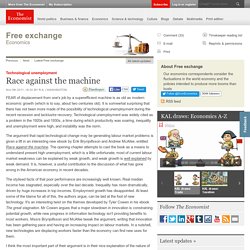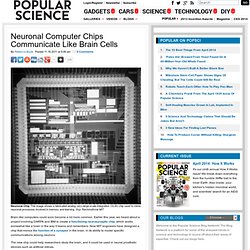

Quick Guide to Social Network Analysis « SplinterNet. The last few years have seen the adoption of social networking increase rapidly.

From Facebook to Twitter, LinkedIn to Flickr – there is a social network for just about anything. As the revolution of social networking continues unabated, there comes a growing need to explore patterns within the networks – a process called social network analysis (SNA) Previously, the world of social network analysis could only be accessed with a bit of computing knowledge. However, an open source programme called Nodexl has changed that by bringing some of the important metrics used to understand a network, and the ability to create impressive network graphs, into Excel. Nodexl makes understanding a social network graph easy for anyone who can navigate around a spreadsheet. The people that can begin to make use of network graphs range from marketers to activists – and I imagine they are now a staple of any well equipped social media political campaign.
There are two basic components of a social graph: Technological unemployment: Race against the machine. FEAR of displacement from one's job by a superefficient machine is as old as modern economic growth (which is to say, about two centuries old).

It is somewhat surprising that there has not been more made of the possibility of technological unemployment during the recent recession and lacklustre recovery. Technological unemployment was widely cited as a problem in the 1920s and 1930s, a time during which productivity was soaring, inequality and unemployment were high, and instability was the norm. The argument that rapid technological change may be generating labour market problems is given a lift in an interesting new ebook by Erik Brynjolfsson and Andrew McAfee, entitled Race against the machine. The opening chapter attempts to cast the book as a means to understand present high unemployment, which is a little unfortunate; most of current labour market weakness can be explained by weak growth, and weak growth is well explained by weak demand.
But what else can be done? Neuronal Computer Chips Communicate Like Brain Cells. Brain-like computers could soon become a lot more common.

Earlier this year, we heard about a project involving DARPA and IBM to create a functioning neurosynaptic chip, which works somewhat like a brain in the way it learns and remembers. Now MIT engineers have designed a chip that mimics the function of a synapse in the brain, in its ability to model specific communications among neurons. The new chip could help researchers study the brain, and it could be used in neural prosthetic devices such as artificial retinas. The MIT chip has 400 transistors, which together can emulate the activity of a single brain synapse. A synapse is the gap between neurons that enables the release and binding of neurotransmitters to and from dendrites. The new chip works by mimicking the action of these ion channels, according to MIT News. The researchers say this chip is the first to demonstrate capability in spike-rate-dependent plasticity and and spike-timing-dependent plasticity.
Image-Recognition Algorithm Diagnoses Breast Cancer Better Than a Human Doctor Can. Add one more item to the list of things machines can do better than humans: Examine and diagnose breast cancer.

Stanford researchers have developed new software that can automatically evaluate microscopic images of breast cancer and make determinations about its aggressiveness and type, offering patients an accurate prognosis. It's more accurate than a human doctor, as it turns out. The system brings cancer pathology, which has largely been unchanged since the Great Depression, firmly into the 21st century. The new system is called C-Path, for Computational Pathologist. It can classify the types of cancer cells present, and even identified a new set of features that are associated with a poor chance of survival, according to its developers. Stanford researchers led by Dr. Once it was trained, Beck et al. used C-Path to evaluate tissues of cancer patients it had not examined before. Despite this success, C-Path is still a long way from clinical use, the authors say.